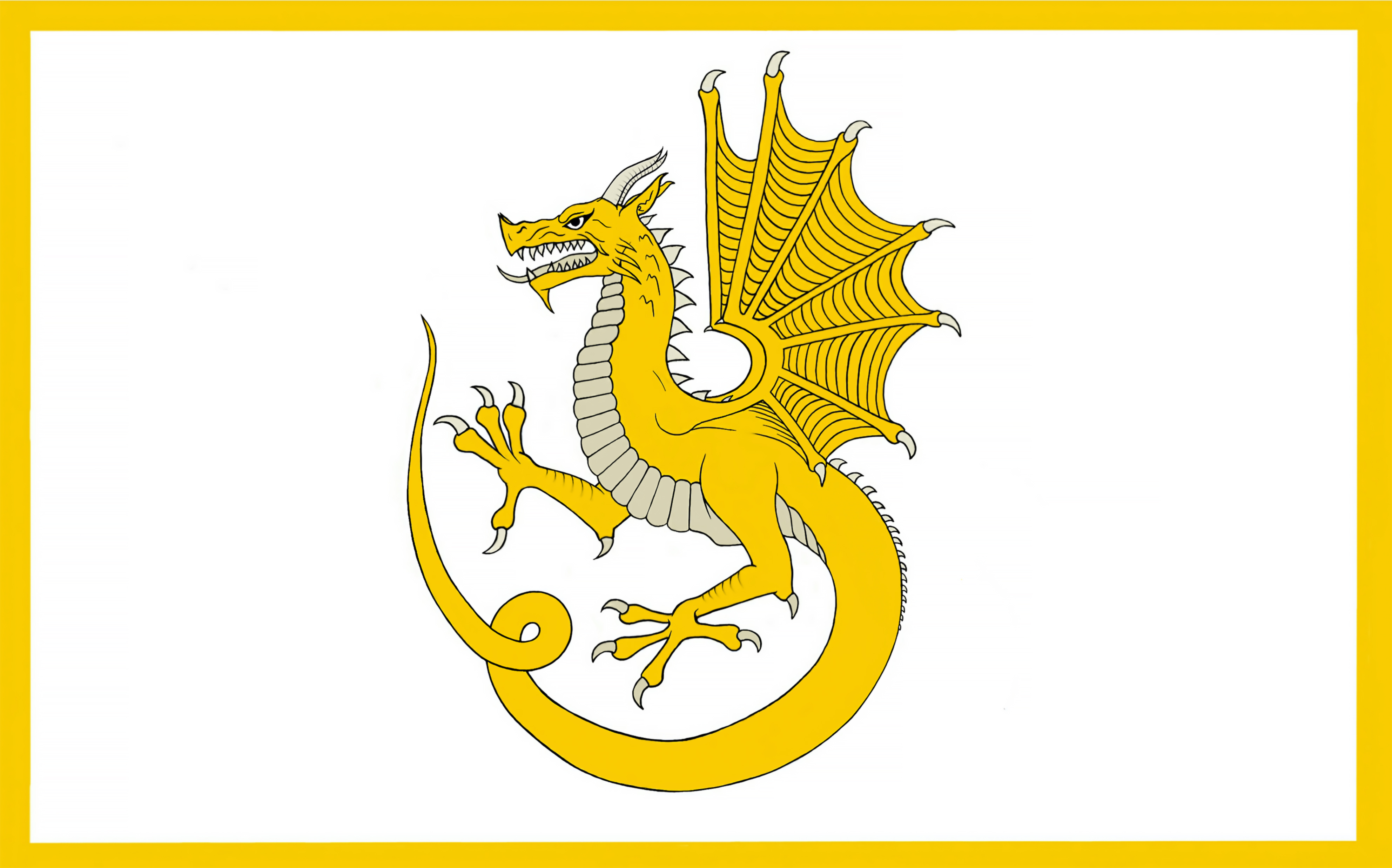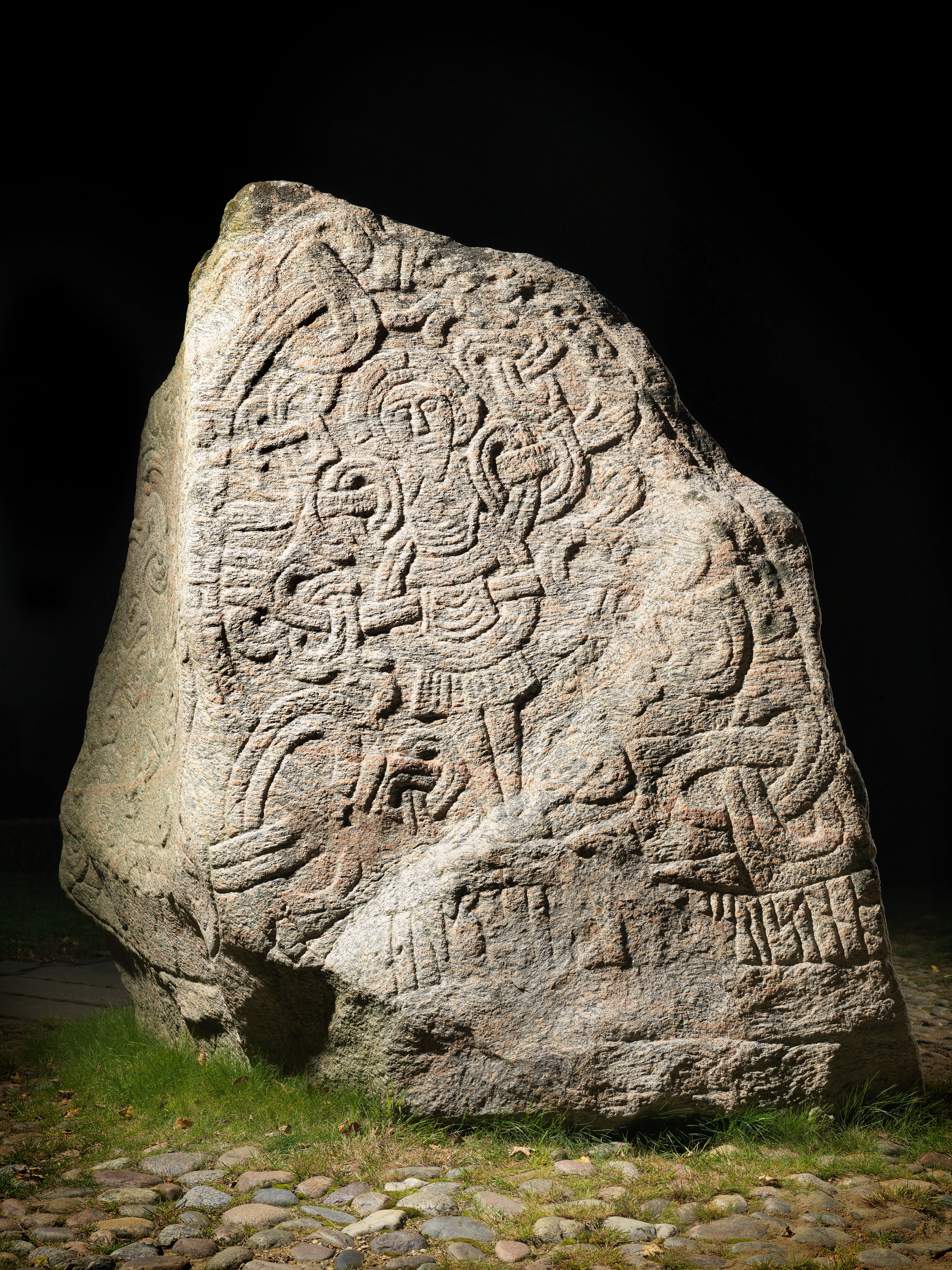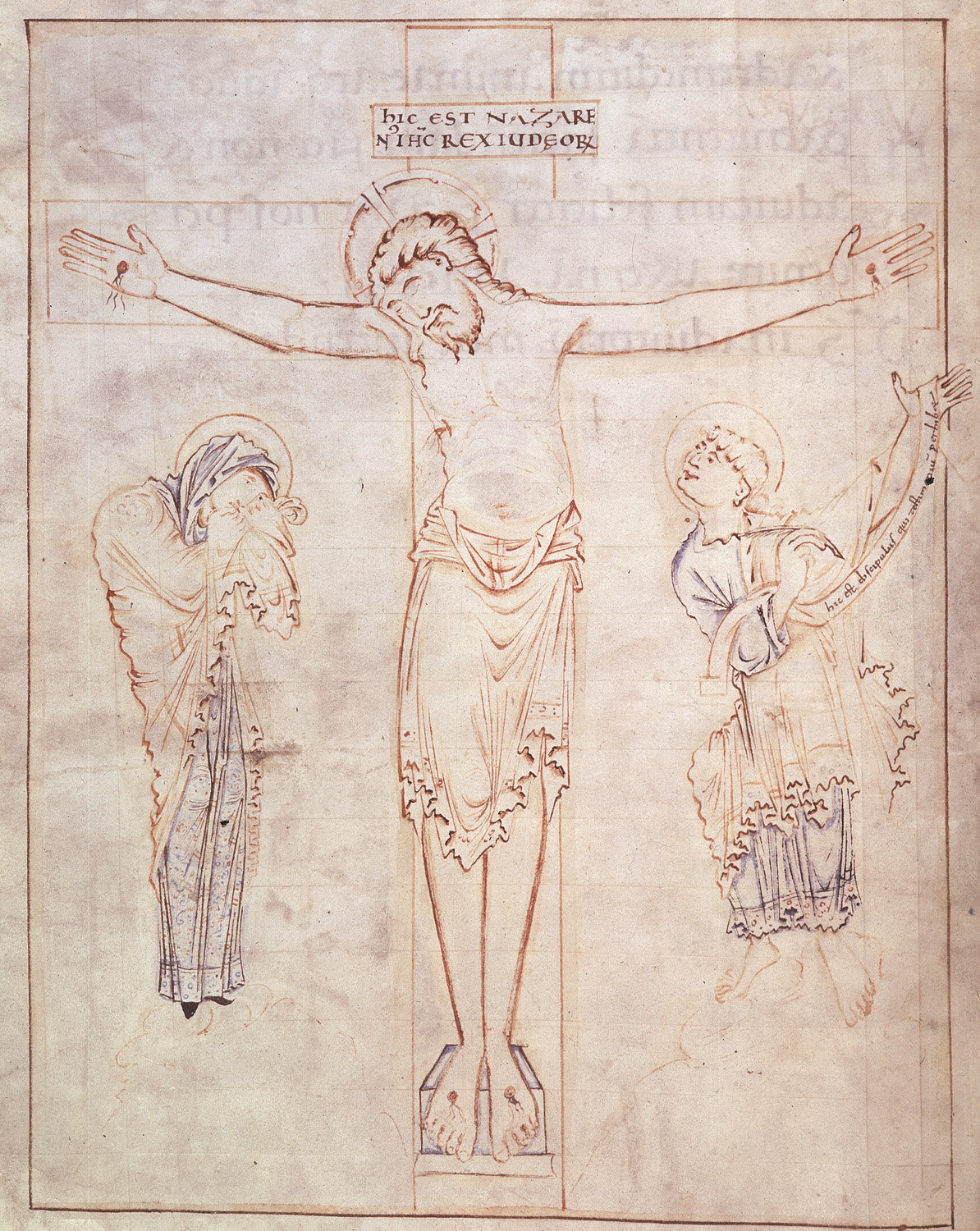|
1018 In England
Events from the 1010s in England. Incumbents *Monarch – Ethelred (to December 1013), Sweyn (December 1013 to 3 February 1014), Ethelred (3 February 1014 to 23 April 1016), Edmund II (23 April to 30 November 1016), then Canute Events * 1010 ** 5 May – Battle of Ringmere: Danish leader Thorkell the Tall defeats an English army under Ulfcytel Snillingr and ravages East Anglia and Mercia. * 1011 ** 29 September – Siege of Canterbury: Danes capture Canterbury after a siege, taking Ælfheah, Archbishop of Canterbury, as a prisoner. ** Byrhtferth of Ramsey Abbey writes his ''Manual'' (''Enchiridion'') on the divine order of the universe and time. * 1012 ** Late 1011 or early 1012 (?) – Battle of Nýjamóđa ("Newmouth") near Orford, Suffolk, fought between English and Danes. ** Heregeld tax is introduced to pay Anglo-Scandinavian mercenaries to fight the Danes. ** April – King Æthelred the Unready pays £48,000 Danegeld. ** 19 April – Danes kill Ælfheah of ... [...More Info...] [...Related Items...] OR: [Wikipedia] [Google] [Baidu] |
Wyvern Of Wessex
A wyvern ( , sometimes spelled wivern) is a legendary winged dragon that has two legs. The wyvern in its various forms is important in heraldry, frequently appearing as a mascot of schools and athletic teams (chiefly in the United States, United Kingdom, and Canada). It is a popular creature in European literature, mythology, and folklore. Today, it is often used in fantasy literature and video games. The wyvern in heraldry and folklore is rarely fire-breathing, unlike four-legged dragons. Etymology According to the ''Oxford English Dictionary'', the word is a development of Middle English ''wyver'' (attested fourteenth century), from Anglo-French ''wivre'' (cf. French ''guivre'' and ''vouivre''), which originate from Latin ''vīpera'', meaning "viper", "adder", or "asp". The concluding "''–n''" had been added by the beginning of the 17th century, when John Guillim in 1610 describes the "''wiverne''" as a creature that "partake of a Fowle in the Wings and Legs ... and doth ... [...More Info...] [...Related Items...] OR: [Wikipedia] [Google] [Baidu] |
Canterbury
Canterbury (, ) is a City status in the United Kingdom, cathedral city and UNESCO World Heritage Site, situated in the heart of the City of Canterbury local government district of Kent, England. It lies on the River Stour, Kent, River Stour. The Archbishop of Canterbury is the primate (bishop), primate of the Church of England and the worldwide Anglican Communion owing to the importance of Augustine of Canterbury, St Augustine, who served as the apostle to the Anglo-Saxon paganism, pagan Kingdom of Kent around the turn of the 7th century. The city's Canterbury Cathedral, cathedral became a major focus of Christian pilgrimage, pilgrimage following the 1170 Martyr of the Faith, martyrdom of Thomas Becket, although it had already been a well-trodden pilgrim destination since the murder of Ælfheah of Canterbury, St Alphege by the men of cnut, King Canute in 1012. A journey of pilgrims to Becket's shrine served as the narrative frame, frame for Geoffrey Chaucer's 14th-century Wes ... [...More Info...] [...Related Items...] OR: [Wikipedia] [Google] [Baidu] |
Normandy
Normandy (; french: link=no, Normandie ; nrf, Normaundie, Nouormandie ; from Old French , plural of ''Normant'', originally from the word for "northman" in several Scandinavian languages) is a geographical and cultural region in Northwestern Europe, roughly coextensive with the historical Duchy of Normandy. Normandy comprises mainland Normandy (a part of France) and the Channel Islands (mostly the British Crown Dependencies). It covers . Its population is 3,499,280. The inhabitants of Normandy are known as Normans, and the region is the historic homeland of the Norman language. Large settlements include Rouen, Caen, Le Havre and Cherbourg. The cultural region of Normandy is roughly similar to the historical Duchy of Normandy, which includes small areas now part of the departments of Mayenne and Sarthe. The Channel Islands (French: ''Îles Anglo-Normandes'') are also historically part of Normandy; they cover and comprise two bailiwicks: Guernsey and Jersey, which are B ... [...More Info...] [...Related Items...] OR: [Wikipedia] [Google] [Baidu] |
Danelaw
The Danelaw (, also known as the Danelagh; ang, Dena lagu; da, Danelagen) was the part of England in which the laws of the Danes held sway and dominated those of the Anglo-Saxons. The Danelaw contrasts with the West Saxon law and the Mercian law. The term is first recorded in the early 11th century as ''Dena lage''. The areas that constituted the Danelaw lie in northern and eastern England, long occupied by Danes and other Norsemen. The Danelaw originated from the invasion of the Great Heathen Army into England in the 9th century, although the term was not used to describe a geographic area until the 11th century. With the increase in population and productivity in Scandinavia, Viking warriors, having sought treasure and glory in the nearby British Isles, "proceeded to plough and support themselves", in the words of the ''Anglo-Saxon Chronicle'' for the year 876. Danelaw can describe the set of legal terms and definitions created in the treaties between Alfred the Great, th ... [...More Info...] [...Related Items...] OR: [Wikipedia] [Google] [Baidu] |
Monarchy Of Denmark
The monarchy of Denmark is a constitutional institution and a historic office of the Kingdom of Denmark. The Kingdom includes Denmark proper and the autonomous territories of the Faroe Islands and Greenland. The Kingdom of Denmark was already consolidated in the 8th century, whose rulers are consistently referred to in Frankish sources (and in some late Frisian sources) as "kings" (). Under the rule of King Gudfred in 804 the Kingdom may have included all the major provinces of medieval Denmark. The current unified Kingdom of Denmark was founded or re-united by the Viking kings Gorm the Old and Harald Bluetooth in the 10th century. Originally an elective monarchy, it became hereditary only in the 17th century during the reign of Frederick III. A decisive transition to a constitutional monarchy occurred in 1849 with the writing of the first democratic constitution, replacing the vast majority of the old absolutist constitution. The current Royal House is a branch of the ... [...More Info...] [...Related Items...] OR: [Wikipedia] [Google] [Baidu] |
Greenwich
Greenwich ( , ,) is a town in south-east London, England, within the ceremonial county of Greater London. It is situated east-southeast of Charing Cross. Greenwich is notable for its maritime history and for giving its name to the Greenwich Meridian (0° longitude) and Greenwich Mean Time. The town became the site of a royal palace, the Palace of Placentia from the 15th century, and was the birthplace of many Tudors, including Henry VIII and Elizabeth I. The palace fell into disrepair during the English Civil War and was demolished to be replaced by the Royal Naval Hospital for Sailors, designed by Sir Christopher Wren and his assistant Nicholas Hawksmoor. These buildings became the Royal Naval College in 1873, and they remained a military education establishment until 1998 when they passed into the hands of the Greenwich Foundation. The historic rooms within these buildings remain open to the public; other buildings are used by University of Greenwich and Trinity Laban C ... [...More Info...] [...Related Items...] OR: [Wikipedia] [Google] [Baidu] |
Danegeld
Danegeld (; "Danish tax", literally "Dane yield" or tribute) was a tax raised to pay tribute or protection money to the Viking raiders to save a land from being ravaged. It was called the ''geld'' or ''gafol'' in eleventh-century sources. It was characteristic of royal policy in both England and Francia during the ninth through eleventh centuries, collected both as tributary, to buy off the attackers, and as stipendiary, to pay the defensive forces. The term ''danegeld'' did not appear until the late eleventh century. In Anglo-Saxon England tribute payments to the Danes was known as ''gafol'' and the levy raised to support the standing army, for the defense of the realm, was known as ''heregeld'' (army-tax). England In England, a hide was notionally an area of land sufficient to support one family; however their true size and economic value varied enormously. The hide's purpose was as a unit of assessment and was the basis for the land-tax that became known as Danegeld. In ... [...More Info...] [...Related Items...] OR: [Wikipedia] [Google] [Baidu] |
Mercenary
A mercenary, sometimes also known as a soldier of fortune or hired gun, is a private individual, particularly a soldier, that joins a military conflict for personal profit, is otherwise an outsider to the conflict, and is not a member of any other official military. Mercenaries fight for money or other forms of payment rather than for political interests. Beginning in the 20th century, mercenaries have increasingly come to be seen as less entitled to protections by rules of war than non-mercenaries. The Geneva Conventions declare that mercenaries are not recognized as legitimate combatants and do not have to be granted the same legal protections as captured service personnel of the armed forces. In practice, whether or not a person is a mercenary may be a matter of degree, as financial and political interests may overlap. Modern mercenary organizations are generally referred to as private military companies or PMCs. Laws of war Protocol Additional GC 1977 (APGC77) is a 1 ... [...More Info...] [...Related Items...] OR: [Wikipedia] [Google] [Baidu] |
Taxation In Medieval England
Taxation in medieval England was the system of raising money for royal and governmental expenses. During the Anglo-Saxon period, the main forms of taxation were land taxes, although custom duties and fees to mint coins were also imposed. The most important tax of the late Anglo-Saxon period was the geld, a land tax first regularly collected in 1012 to pay for mercenaries. After the Norman Conquest of England in 1066, the geld continued to be collected until 1162, but it was eventually replaced with taxes on personal property and income. Background Britannia, the southern and central part of the island of Great Britain, was a province of the Roman Empire until the Roman departure from Britain in around 400 AD. The Emperor Honorius told the Britons in 410 that they were responsible for their own defence,Kirby ''Making of Early England'' pp. 13–14 and from then until the landing of Augustine of Canterbury in the Kingdom of Kent in 597 as part of the Gregorian mission, little is k ... [...More Info...] [...Related Items...] OR: [Wikipedia] [Google] [Baidu] |
Orford, Suffolk
Orford is a village with historic town status in Suffolk, England, within the Suffolk Coast and Heaths AONB. It is located east of Woodbridge. History Like many Suffolk coastal towns it was of some importance as a port and fishing village in the Middle Ages. It has a mediaeval castle, built to dominate the River Ore and a Grade I listed parish church, St Bartholomew's. The castle was built as a royal castle built by Henry II in the period 1165-1173 as an assertion of monarchical power in the region. Although the castle became less important after the king's death in 1189, the importance of Orford as a port grew. By 1200 its level of trade exceeded that of nearby Ipswich. Henry III granted Orford its first charter and the town returned a member of parliament in 1298, although it did not function as a constituency throughout the 14th century. Local amenities The population of Orford greatly increases during the summer months, partly due to its flourishing sailing club. In comm ... [...More Info...] [...Related Items...] OR: [Wikipedia] [Google] [Baidu] |
Time
Time is the continued sequence of existence and events that occurs in an apparently irreversible succession from the past, through the present, into the future. It is a component quantity of various measurements used to sequence events, to compare the duration of events or the intervals between them, and to quantify rates of change of quantities in material reality or in the conscious experience. Time is often referred to as a fourth dimension, along with three spatial dimensions. Time has long been an important subject of study in religion, philosophy, and science, but defining it in a manner applicable to all fields without circularity has consistently eluded scholars. Nevertheless, diverse fields such as business, industry, sports, the sciences, and the performing arts all incorporate some notion of time into their respective measuring systems. 108 pages. Time in physics is operationally defined as "what a clock reads". The physical nature of time is addre ... [...More Info...] [...Related Items...] OR: [Wikipedia] [Google] [Baidu] |
Ramsey Abbey
Ramsey Abbey was a Benedictine abbey in Ramsey, Huntingdonshire (now part of Cambridgeshire), England. It was founded about AD 969 and dissolved in 1539. The site of the abbey in Ramsey is now a Scheduled Ancient Monument. Most of the abbey's buildings were demolished after the dissolution but surviving structures are Grade I and Grade II* listed buildings. Ramsey Abbey Gatehouse is in the care of the National Trust and the Church of St Thomas à Becket, Ramsey was one of the buildings of the abbey. The Abbey Ramsey Abbey was founded in 969 by Oswald, Bishop of Worcester on land donated by Æthelwine, Ealdorman of East Anglia (Earl Ailwyn), where he had already built a wooden chapel for three monks. The foundation was part of the mid-10th century English Benedictine reform, in which Ely and Peterborough were also refounded. Æthelwine gave the new foundation properties including an estate at nearby Bodsey and Houghton Mill. The Frankish scholar Abbo of Fleury came to Ramse ... [...More Info...] [...Related Items...] OR: [Wikipedia] [Google] [Baidu] |










